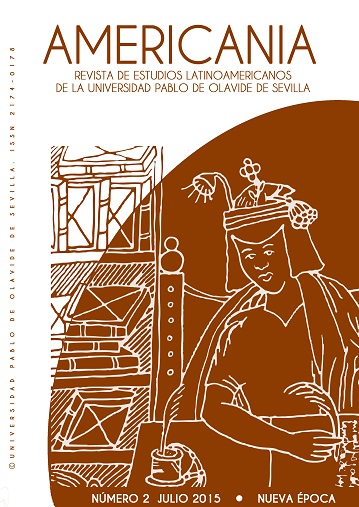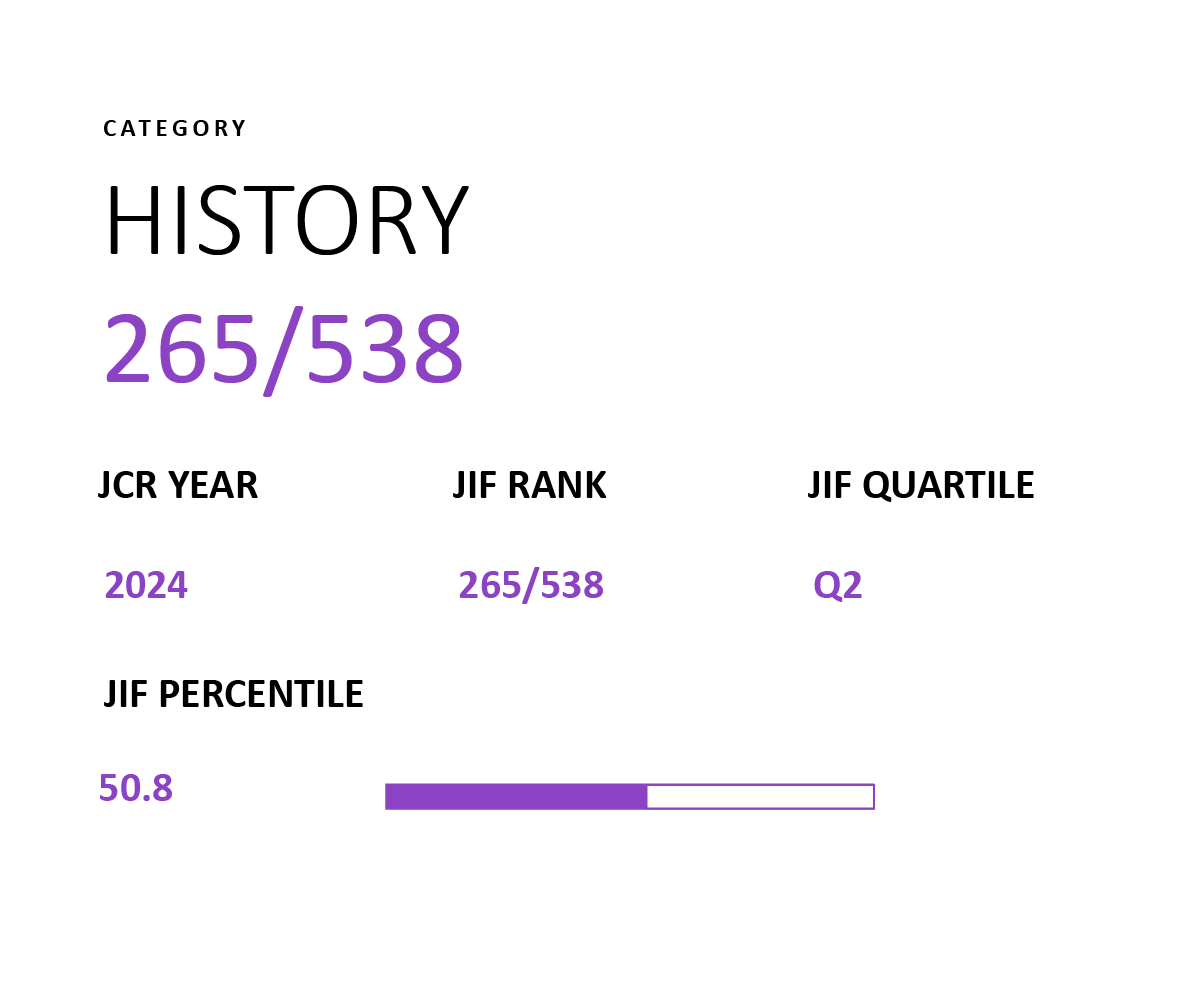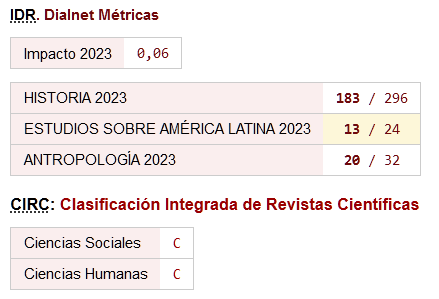Conquista, sexo y esclavitud en la cuenca del Río de la Plata: Asunción y São Vicente a mediados del siglo XVI
Keywords:
mujeres indígenas, esclavitud, conquista, São Vicente, AsunciónAbstract
A mediados del siglo XVI, portugueses y españoles, establecidos en São Vicente y Asunción, ya habían entablado relaciones cercanas con los tupí-guaraní que habitaban el sur de América. Sobre esas relaciones se asentaba una de las principales actividades económicas de la época: el tráfico de esclavos, que abastecía tanto las incipientes demandas americanas como los mercados europeos. En este artículo se analizarán los elementos que articulaban los intercambios entre ibéricos y la población nativa, enfatizando el papel de las mujeres indígenas.
In the mid-1500’s, the Portuguese and the Spanish, settled in São Vicente and Asunción, had already established close relations with the Tupi-Guarani who inhabited the Southern region of America. Such relations were based on one of the then most importante economic activities: the slave trade, which provided both the incipient colonial American demands as well as the European markets. This article intends to analyze the elements that articulated the trade between the Iberians and the native peoples, emphasizing the role played by indigenous women.
Downloads
Publication Facts
Reviewer profiles N/A
Author statements
- Academic society
- Universidad Pablo de Olavide
- Publisher
- Universidad Pablo de Olavide
Downloads
Published
How to Cite
Issue
Section
License
Unless otherwise indicated, all contents of the electronic edition are distributed under a "Creative Commons Attribution-NonCommercial-ShareAlike 4.0" (CC-BY-NC-SA) licence. (CC-BY-NC-SA). You can consult the informative version and the legal text of the licence here. This must be expressly stated in this way when necessary.
In any case, the authors retain all rights to the published texts.











